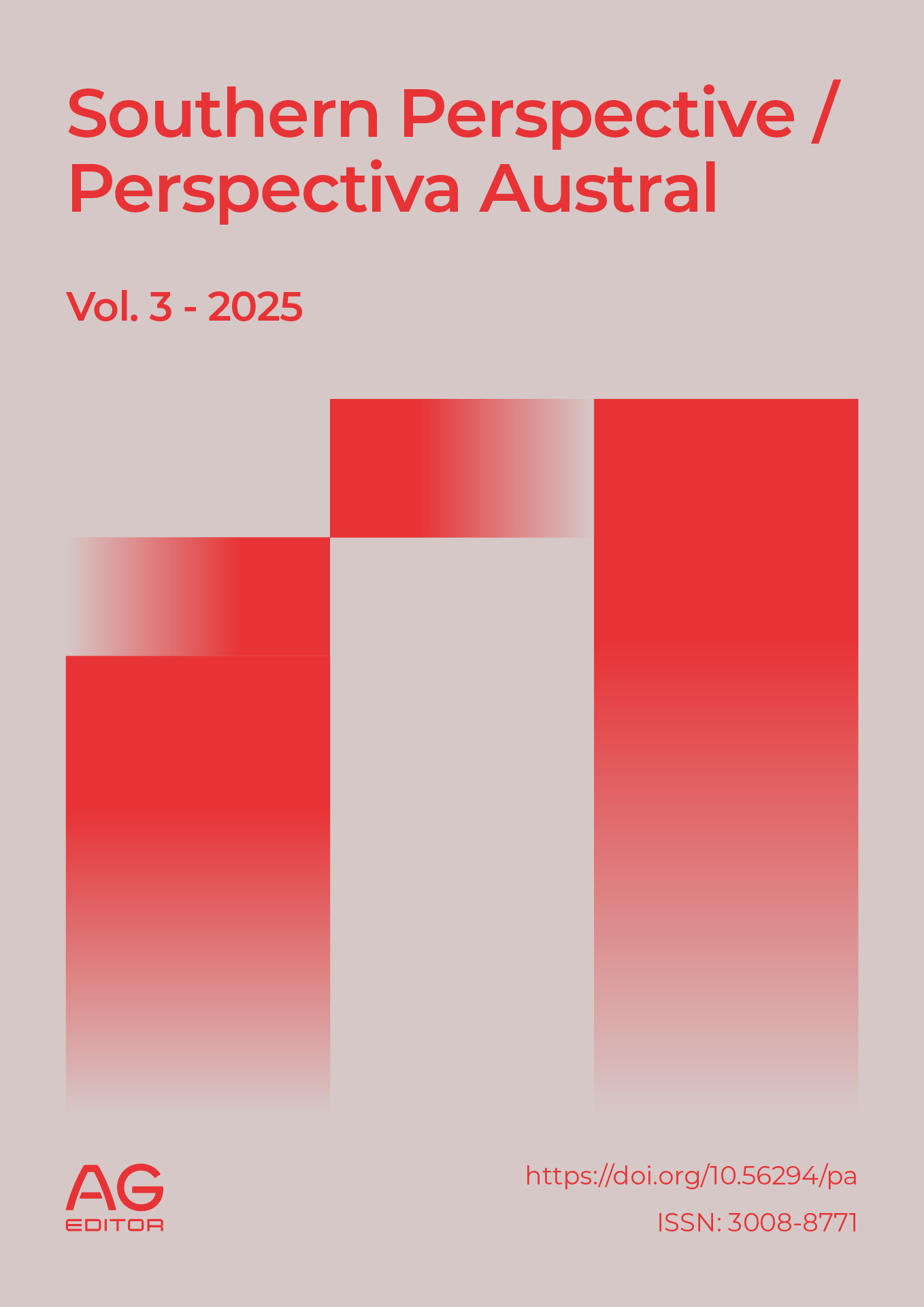Faust and the History of Sanity: The Social Representations of Mental Health
DOI:
https://doi.org/10.56294/pa202547Keywords:
Sanity, social construct, psychiatry, power, literatureAbstract
Introduction: The article analyzed sanity as a social construct, shaped by various discourses throughout history. It examined how sanity, beyond mental health, was expressed in language, art, and literature. From the 19th century onwards, its conceptualization was influenced by modern science and psychiatry, establishing it as a form of social control.
Development: The evolution of the concept of sanity was explored from Antiquity to modern times. In the Middle Ages, it was associated with prudence and cardinal virtues, whereas in the 19th century, it took on a normative role within the psychiatric field. Foucault pointed out that psychiatric power used sanity as a mechanism of control. Freud, in turn, questioned the existence of absolute sanity and highlighted the arbitrariness of its definition. Furthermore, literature reflected these ideas; in Faust, Goethe ridiculed modern reason and its impact on the construction of sanity.
Conclusion: The article concluded that sanity did not have a single or universal meaning but rather varied according to historical contexts and power relations. Its conceptualization depended on philosophical, scientific, and artistic discourses, demonstrating that it cannot be objectively defined. Through Faust, Goethe criticized modern rationality and showed how sanity became a socially constructed illusion.
References
Aquino, s.T. (2001). Suma Teológica. (D. Byrne, ed.) Biblioteca de Autores Cristianos. (Original publicado en 1485)
Bergquist, C. (1987). Literatura e historia: ¿cordura o locura? Revista de estudios colombianos. 4. 15-23. https://colombianistas.org/wp-content/themes/pleasant/REC/REC%204/Art%C3%ADculos/4.REC_4_CharlesBergquist.pdf
Braunstein, N. (2010). Memoria y espanto. O el recuerdo de infancia. Siglo XXI.
Cicerón, M. (1924). Obras completas. (M. Menéndez, trad.) Biblioteca Clásica.
Cortés, H. (2020, 18 de febrero). Fausto o la insatisfacción del hombre moderno[conferencia]. Fundación Juan March, Madrid, España. https://www.youtube.com/watch?v=WLlT1W4KOm0
Durán, A. y Martínez, J. (2010). La pretensión del realismo literario. Castilla: Estudios de literatura. 1, 91-103. https://dialnet.unirioja.es/servlet/articulo?codigo=3185621
Durkheim, É. (2012). Las formas elementales de la vida religiosa. El sistema totémico en Australia (y otros escritos sobre religión y conocimiento). (J.H. Ruiz, trad.; H. Vera, J. Galindo y J.P. Vázquez, ed. crítica, introd, selec. y notas). FCE. (Original publicado en 1912)
Foucault, M. (2020). El poder psiquiátrico. Curso en el Còllege de France (1973-1974). (H. Pons, trad.) FCE. (Original publicado en 2003)
Freud, S. (1905 [1906]). Mis opiniones acerca del rol de la sexualidad en la etiología de la neurosis. En S. Freud, Obras completas. Tomo II. (1238-1243), Biblioteca Nueva
Freud, S. (1923 [1924]). Neurosis y psicosis. En S. Freud, Obras completas. Tomo III.(2742-2744), Biblioteca Nueva
Freud, S. (1938 [1940]). Compendio de psicoanálisis. En S. Freud, Obras completas. Tomo III. (3379-3432), Biblioteca Nueva
Goethe, J. (2014). Fausto I y II. (Schöne, A., trad. y Gálvez, P., edit.) Penguin. (Original publicado en 1808 y 1832)
Habermas, J. (1986). Ciencia y técnica como ideología. (M. Jiménez, trad.) Tecnos. (Original publicado en 1968)
Hernández, J. (2006). Goethe y Hegel. Diálogos, 88(1). 69-91. https://revistas.upr.edu/images/dialogos/2006/n88/a3.pdf
Lukács, G. (2018). Teoría de la novela. (Sacristán, M., trad.) Debate. (Original publicado en 1920)
Marx, K. y Engels, F. (2018). La ideología alemana. Colofón. (Original publicado en 1932)
Pinillos, J. (2001). Cordura y libertad. Cuenta y razón, (121). 77-90. http://www.oxigeme.com/wp-content/uploads/2014/10/Cordura_Libertad_JLPinillos.pdf.
Downloads
Published
Issue
Section
License
Copyright (c) 2025 Aldo César Guzmán (Author)

This work is licensed under a Creative Commons Attribution 4.0 International License.
The article is distributed under the Creative Commons Attribution 4.0 License. Unless otherwise stated, associated published material is distributed under the same licence.






